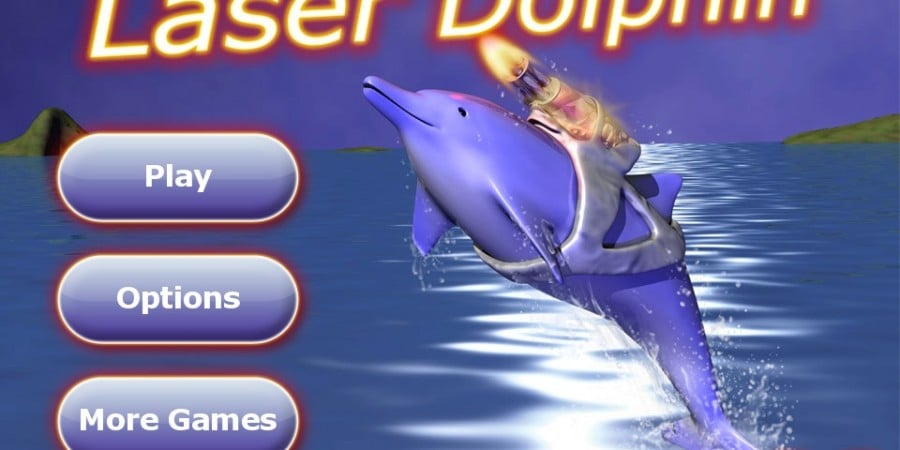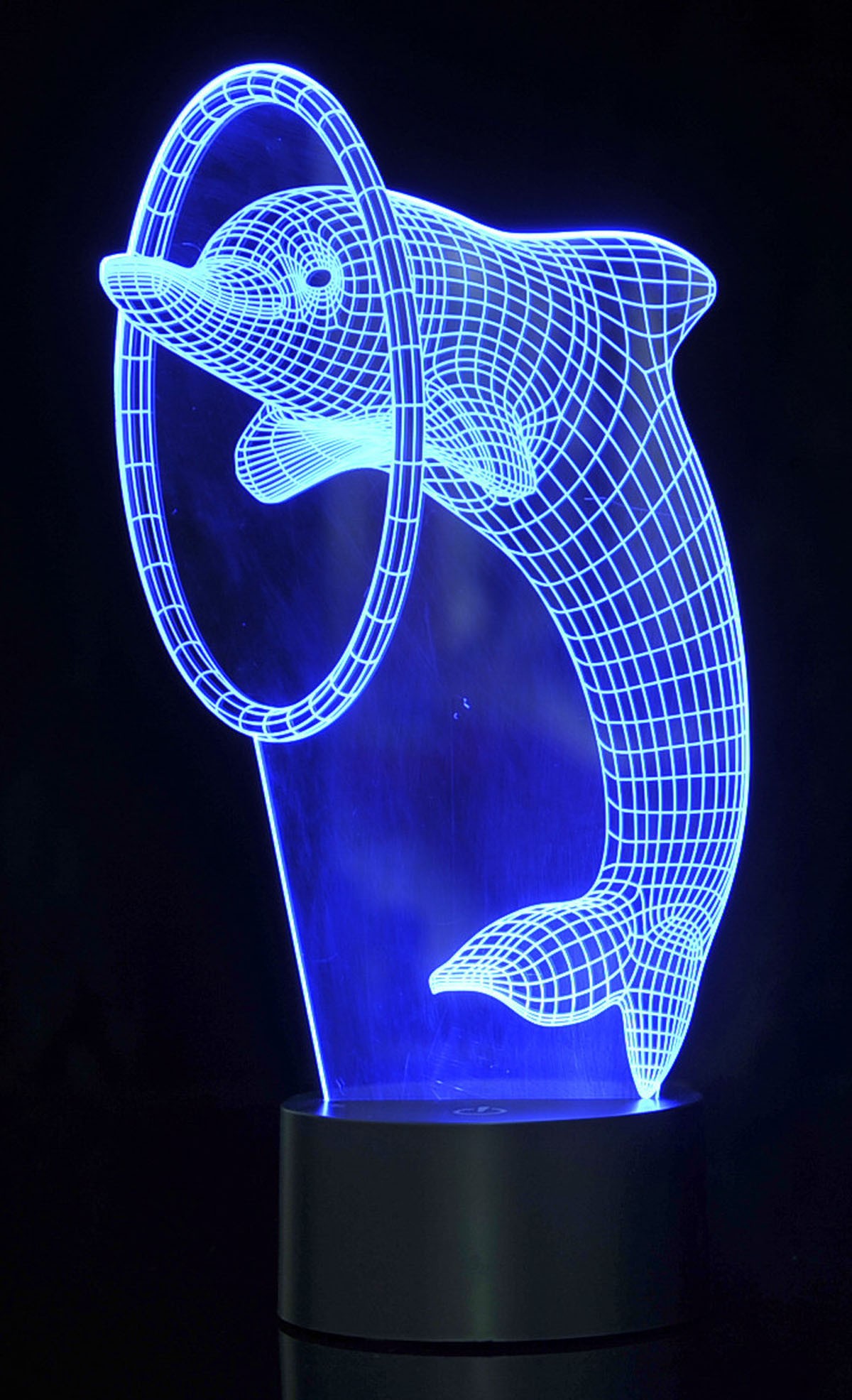

"The laser can get maybe two, three, five or six of them, then they are on you. “If you have a salvo coming in, it will hit some number of them, but a lot depends of their geometry, how good a shot you get at them, how the threats are spaced, how far away they are," Clark said. That means that even with lasers on ships, missiles for shooting down missiles will remain necessary for the foreseeable future. And your one laser can only do one thing at a time.” “And that gets back to ‘what’s the requirement for the power.’ Because even with a 1-megawatt laser, you still have finite amount of time you have to engage every target. “If you have directed energy, it’s ‘shoot until you think you’ve killed the thing you are shooting at and then move onto the next target,’ ” he said. There is also the practical benefit of having an inexhaustible supply of ammunition, so long as the power is running to the weapon.īut there are still issues to work out, Clark said. The goal of lasers is to start to make those kinds of attacks cost more for an adversary to launch than it costs the Navy to defend against. There are ongoing studies to see just how far the Navy could take laser technology in defeating even hypersonic threats in the future, Clark said, but getting lasers on ships isn’t a matter of if, but rather when.ĭefending against saturation attacks with other missiles is not only something that can be defeated by firing more missiles than the ships can defend against - it’s also mindlessly expensive. “So once you get past 500 kilowatts, you start getting to a laser that can take down incoming cruise missiles - even supersonic ones.” “There is a viable path right now, with the DoD’s laser tech maturation program, to get to a 1-megawatt laser that can fit on a ship,” Clark said. With the progress on HELIOS, the Navy is getting closer to fielding a laser that could help it knock down Chinese and Russian anti-ship cruise missiles at very close ranges, said Bryan Clark, a retired submarine officer and analyst with the Center for Strategic and Budgetary Assessments. Lockheed expects to complete integration by mid-2020. The system went through a design review with the Navy in March, Shelton said, and that by the end of the year Lockheed will start systems integration at their Moorestown, New Jersey, campus. And it’s integrated into the ship’s power system - we’re not going to be bringing extra energy magazines or batteries onto the ship. “It’s also going to be structurally integrated into the ship - it’s not going to be bolted on. “You’re going to be able to pass tracks back and forth between the Aegis system and the laser subsystem,” said Brandon Shelton, Lockheed Martin’s HELIOS program director. He’s less focused on increasing the power of the laser at the moment, but added “that’s also going very well.”Īs for integration, Lockheed Martin representatives said the system is on track for the 2021 date with the Preble and that the system will be just as much a part of the ship as the vertical launch system. The big hurdle, Boxall said, is getting the laser integrated with Aegis so that it’s feeding high-fidelity sensor data into the combat system. As you get closer to a laser, it gets better.”

As you get closer to a radar, your radar gets worse. “A lot of people think that lasers are just something that shoots but lasers are also a very good sensor. “We’re not only going to Aegis, we’re going to Aegis,” he said.


 0 kommentar(er)
0 kommentar(er)
